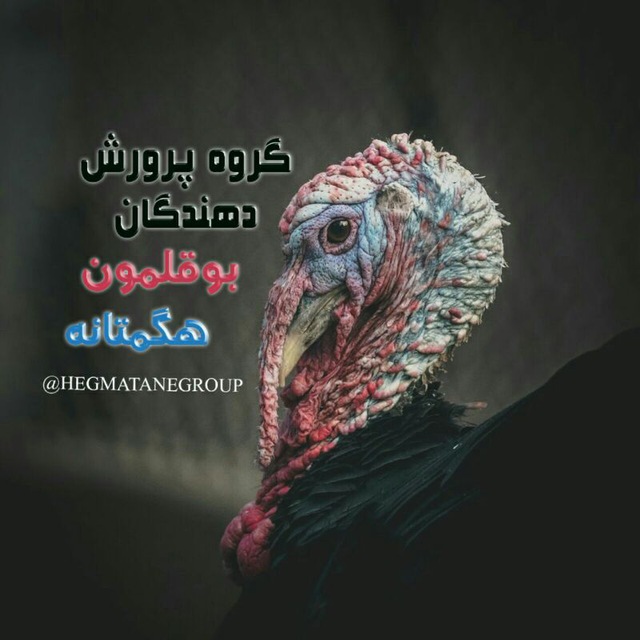Vaccination drinking water
When the drinking water used in poultry has the expected quality and is well controlled, it can be used for vaccination. In order to ensure a good vaccination, the vaccine virus must be live and sufficiently available to the poultry at the time of vaccine distribution. On the other hand, special care should be taken regarding vaccine transportation, storage conditions and herd health status during vaccination, drinking water quality and vaccination techniques.
Vaccination through drinking water
The water tank and drinking bowls are first completely clean and then washed with a good detergent.
The water pipes are pressure washed to ensure that there are no deposits of organic and mineral substances including detergents, disinfectants and even antibiotics inside them.
The water distribution system is cut off and vaccination is done early in the morning. Deprivation of water should be a maximum of 1.5 hours. Providing the water needed for vaccination (the water used is calculated based on the following: type of rearing, age of poultry, humidity and temperature of the environment, type of food (plate or flour), food ingredients (salt and protein content)
Amount of water consumed (liters) = (number of birds divided by 1000 x age (days)
Example: The amount of water consumed for drinking vaccination for a herd of 4000 animals aged 14 days is at least 56 liters. This formula is only valid for the first 21 days of life.
Preventing the destruction of the virus by water-soluble chlorine (if chlorine is used to disinfect water, the chlorination pump must be turned off at least 48 hours before vaccination)
If it is not possible to stop chlorination due to the possibility of water contamination, then the chlorine dissolved in the water should be neutralized at the time of vaccination, which can be done with low-fat dry milk at the rate of 250 grams per 100 liters or sodium thiosulfate at the rate of 1.5 grams. used for every 100 liters of drinking water.
Wait for 10 minutes until the chlorine is well neutralized and then mix it with a plastic stirrer.
Open the vaccine vial under water and mix the vaccine with water.
Open the water supply system and visit the bottom lines as well as the nipple drinkers. Another method of distributing the vaccine is using plastic containers, which must be done quickly and uniformly. Slow movement inside the halls is recommended to encourage the birds to drink the water containing the vaccine. The vaccine solution should be consumed no later than 1.5 hours after distribution. After emptying the tank of the vaccine solution, fill it again with water containing low-fat dry milk or chlorine-neutral water. After vaccination, clean the equipment (do not use disinfectants).
This post is written by None
